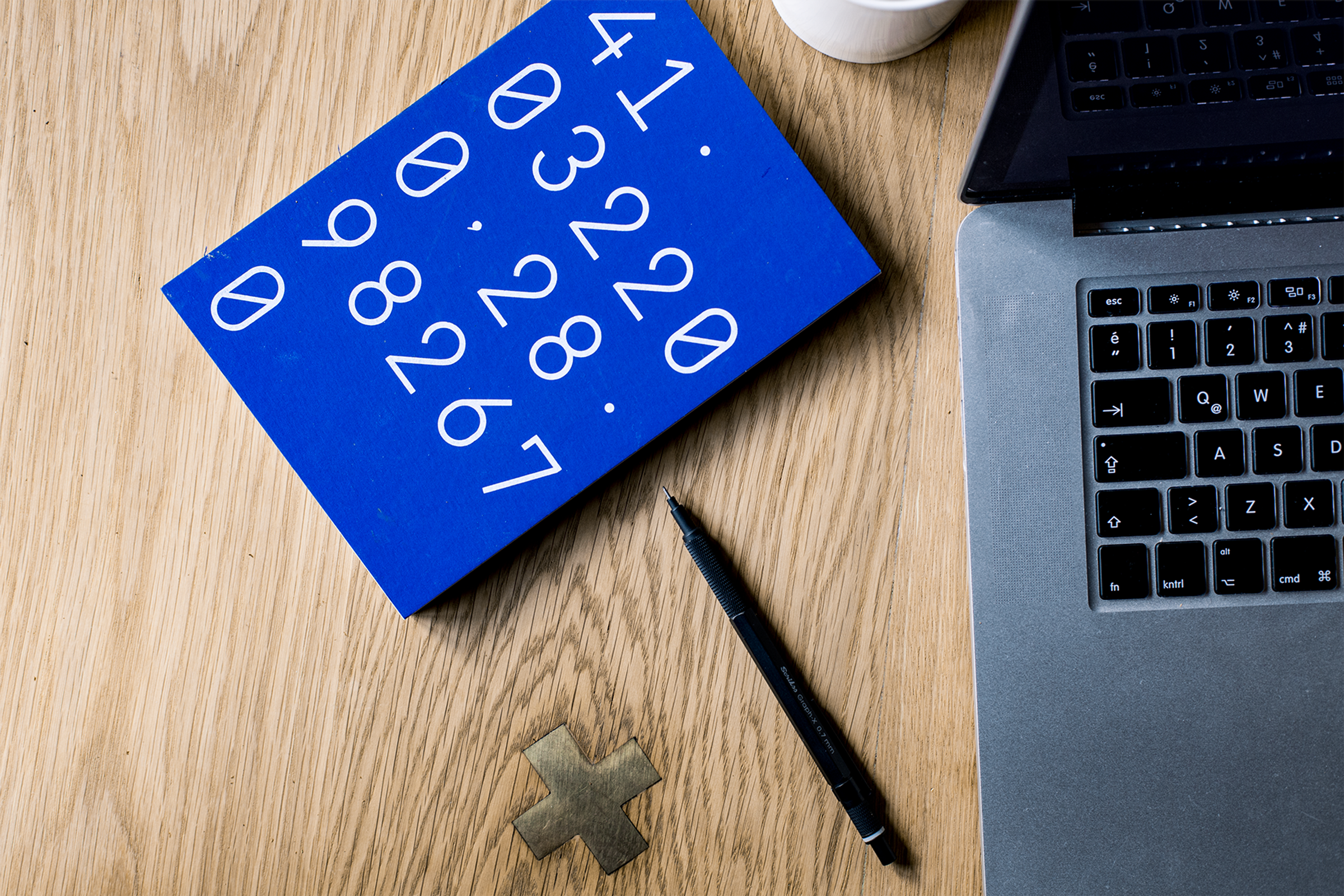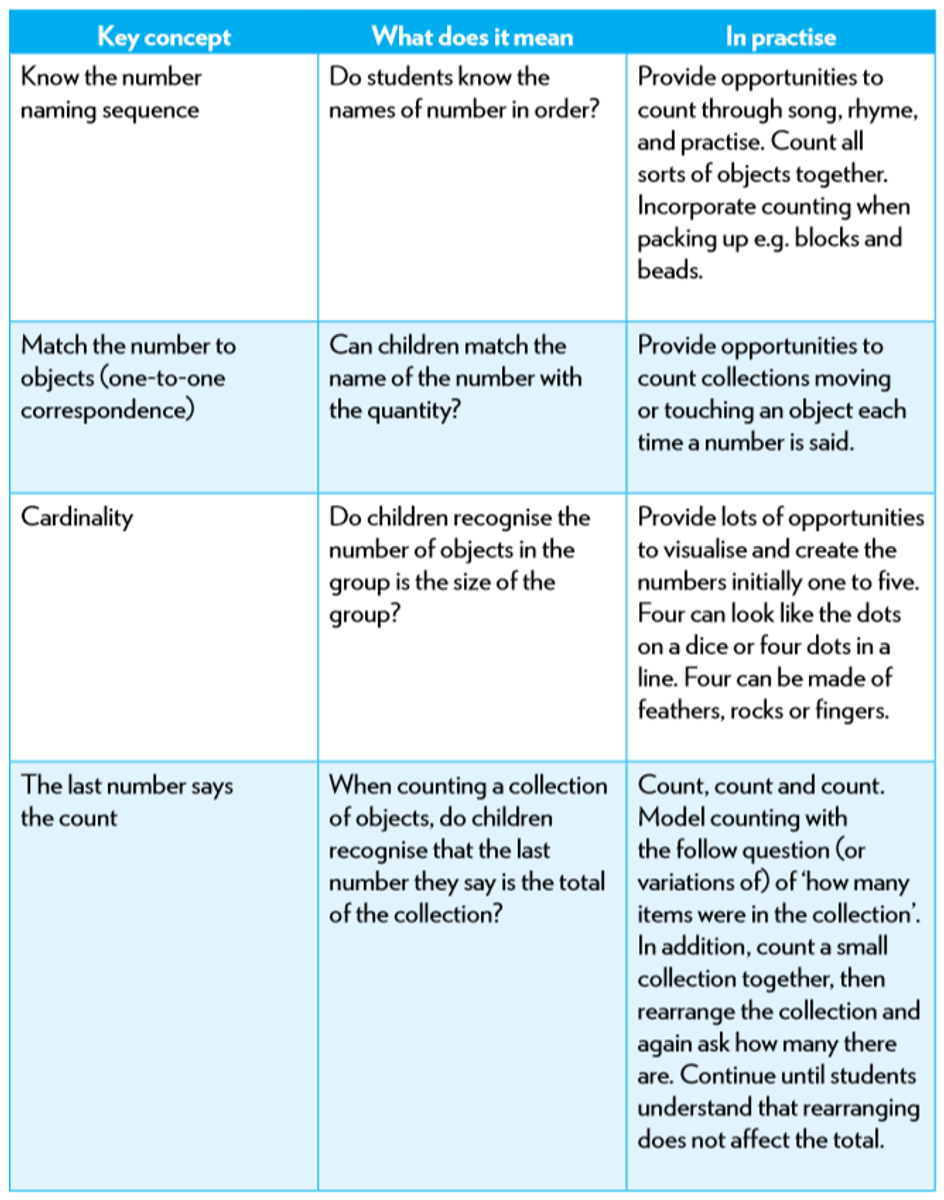Mathematics

Counting the Language of Maths
Children commence school with the ability to problem solve in mathematics. They can tell which cookie is biggest, work out who is the tallest, count the members of their family, know their age, understand soon, now and tomorrow, work out who is the fastest runner - and many more mathematical ideas. If you aren’t truly sure that young students can do the above, simply provide them with an unequal share of toys or treats and they will quickly let you know that ‘it’s not fair!’.
Early childhood settings have an enormous opportunity to expose children to the language of mathematics and to build upon their early mathematical understandings. There is great opportunity due to the nature of the program developed for early years children to explore mathematics through play. Whether it be digging in the sandpit, role-playing in the home corner, constructing buildings with blocks or exploring materials at the craft table; each of these experiences leads to the capacity to further develop children’s mathematical understandings.
So, what should educators be looking for and how can they build upon children’s prior understandings of counting?
Many children learn to count by rote at this age. They can often recall the order of numbers increasingly to ten and then beyond. Errors often occur including missing numbers or saying the numbers in a different order (Pearn, 2018). In addition, children begin to understand the idea of one-to-one correspondence, that is one count for one item. However again errors can occur when children count at a different pace to touching/pointing to the objects, they recount items already counted or confuse the number counting sequence (Pearn, 2018).
These two ideas are critical as part of understanding the big idea of counting, however there are two more equally critical ideas (Siemon, Beswick, Clark, R, & Warren, 2015). That of cardinality and secondly the last number when counting a collection is the quantity of the group. Here is a table outlining Siemon et al., (2015) key concepts of developing counting along with tips for practise. Initially children should explore all the key ideas to five before moving to 10 and beyond (Victorian Curriculum and Assessment Authority, 2018).
Other ideas that children could be exposed to in counting at this age are:
- What comes next or after?
- What goes before?
- More and less
Counting in the early years is more than just rote counting the number naming sequence. ‘The knowledge and skills that children develop in the early years are crucial to their later progress – and this is especially the case for mathematics.’ (Mikakos, 2016). Through play, exploration and modelling, children can further develop their knowledge of how counting works and therefore lay the foundation of future successful learning in mathematics.

